#abelisaurs
Note
Is there a known reason or possible explanation/s for why the Carnotaurs and other abelisaurs evolved even shorter arms than T-Rex's?
So, the muscles in the neck area, as a rule, get really buff when theropods become large predators - it happened in Abelisaurs, it happened in Allosauroids, it happened in Megalosaurs, it happened in Tyrannosaurs. This is because, as the animal gets bigger, it tends to interact with prey and the environment more with its mouth and jaws than with its arms, because the mouth and jaws are more powerful and efficient. The musculature in the neck region directly conflicts with musculature in the upper arm for space, as they are next to each other. As such, as the muscles in the neck grow, the muscles in the arm shrink. This leads to a corresponding shrink of the arms in these large predators. In each line, if they had continued to evolve, they may have lost their arms a la Moas.
Abelisaurs, however, kept their tiny arms, and what's weird, is that the arm is attached to a completely 360 degree rotational socket, unlike the sockets the rest of us have at the arm. As such, they were able to wiggle and move them a LOT. This leads researchers to think that they were used, specifically, for display.
Remember everyone: every single dinosaur, every single one, is a variation of the peafowl.
They live in *style*.
777 notes
·
View notes
Text
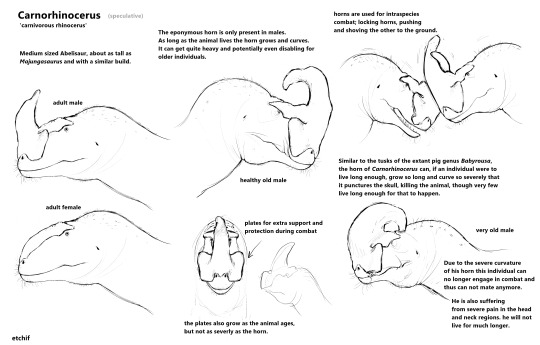
Carnorhinocerus, the Carnivorous Rhinocerus
#name obviously inspired by the one and only.#etchif art#speculative evolution#speculative paleontology#peculative biology#paleontology#dinosaurs#abelisaurs#paleoart#kind of#paleoblr#palaeoblr#spec evo#spec bio#spec paleo
182 notes
·
View notes
Text

A Rajasaurus relaxes in a hot spring in the Lameta formation
#This took ages I'm going to fuckign lose it#might've fucked up the size of the dinosaur but at this point I'm too tired to care lmao#art#my art#digital art#paleoart#paleontology#palaeoblr#archosaurs#dinosaurs#theropods#ceratosaurs#abelisaurs#rajasaurus#queue
41 notes
·
View notes
Text
Dinofact #44
Known from several well-preserved skulls, Majungasaurus can be distinguished from other abelisaurids by its wide skull, its thick, roughly textured bone on its snout, and the single rounded horn on the top of its skull, which was originally mistaken for the dome of a pachycephalosaur. It also had more teeth than moth other abelisaurids.
Source: wikipedia
#dinosaurs#dinosaur#paleontology#majungasaurus#majungasaurus crenatissimus#theropod#theropods#theropoda#abelisaur#abelisaurid#abelisaurids#abelisaurs#abelisauria#abelisauridae#fun facts#trivia#dinosaur trivia#dinosaur fun facts#7th#october#2022#october 7th#october 2022#october 7th 2022
3 notes
·
View notes
Photo

Hunter on the plains.
431 notes
·
View notes
Photo

Simply had to do a study featuring the Rajasaurus from Prehistoric Planet, absolutely in love with the design and patterns on this one.
#my art#paleoart#rajasaurus#dinosaur#prehistoric planet#prehistoric planet season 2#sciart#paleontology#theropod#abelisaur#abelisauridae#carnivore#cretaceous#prehistoric#extinct#animal#india#documentary#study
257 notes
·
View notes
Text

Sketch of the unnamed Kenyan Giant Abelisaurid
82 notes
·
View notes
Text

"Titan Battle"
An injured Titanomachya gimenezi is about to be mauled by its neighbor a bull Carnotaurus sastrei. Despite its armor this individual born with a malformed foot and separated from its herd does not stand much of a chance.
Titanomachya is a recently discovered TINY sauropod related to Saltasaurus. It lived in Argentina towards the end of the Cretaceous period. Even cooler is that it's the second named dinosaur species from the La Colonia Formation, making it neighbors with the famous Carnotaurus.
It's also a great name, being named after the Titanomachy or the war between the olympian gods with the titans.
I find it really interesting how it's so small for a sauropod, only about the weight of an elephant. I love unconventional dinosaurs such as this and like to imagine there were more in the world than we tend to think.
#paleoblr#artists on tumblr#paleoart#dinosaur#paleomedia#cretaceous#traditional drawing#dinosaurs#sauropod#theropod#paleo art#titanosaur#abelisaur#carnotaurus#titanomachya#titanomachy
24 notes
·
View notes
Photo
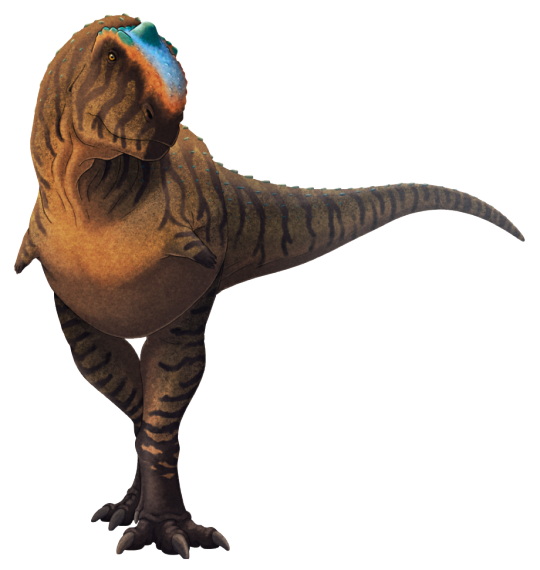
Abelisaurids were a group of theropod dinosaurs characterized by short snouts, bony ornamentation on their skulls, tiny stiff arms, and stocky legs. Known mostly from the southern continents of Gondwana, they were the dominant predators in these regions and are thought to have been specialized hunters of titanosaurian sauropods.
Rajasaurus narmadensis lived in what is now western India during the Late Cretaceous, about 67 million years ago. Around 7m long (23'), it had very rough-textured thickened bone on the top of its snout, along with a short rounded horn on its forehead that was probably used for display or headbutting behaviors.
India at this time was an isolated island continent located off the east coast of Africa, and Rajasaurus' ancestors probably island-hopped across from then-nearby Madagascar – where its closest known relative lived, the very similar-looking Majungasaurus.
———
Nix Illustration | Tumblr | Twitter | Patreon
#science illustration#paleontology#paleoart#palaeoblr#rajasaurus#abelisauridae#abelisaur#ceratosauria#theropod#dinosaur#art#unicorn#unconventional unicorns
574 notes
·
View notes
Video
Jurassic World Dominion just came out and I really enjoyed it, but Prehistoric Planet’s dinosaurs look as real, natural, and adorable as we could ever get.
(Watch to add 10yrs to your lifespan)
#prehistoric planet#jurassic world dominion#jurassic world#jurassic park#dinosaurs#dinosaur#dino#carnotaurus#animals#paleobiology#paleo#paleontology#abelisaurid#Apple TV#jw#jp#jwd#nature#abelisaur#animal
732 notes
·
View notes
Text
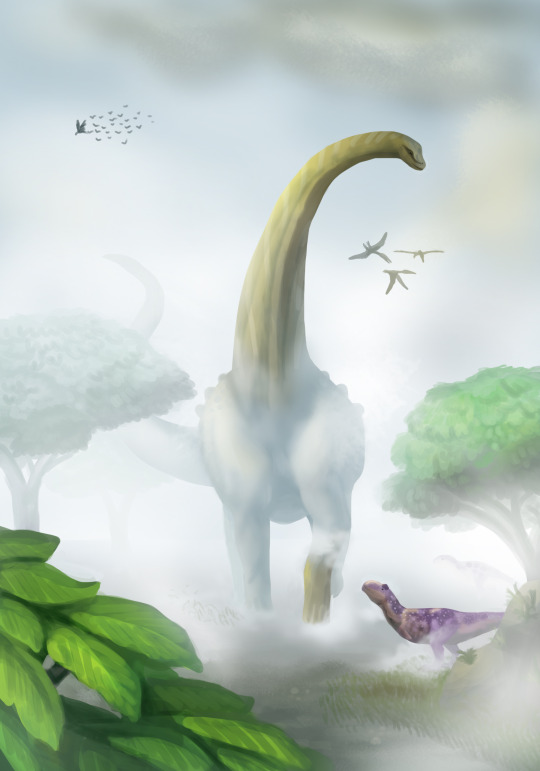
a titanosaur in the mist
#titanosaur#paleoart#paleoblr#palaeoblr#nature#art#theropod#abelisaur#sauropod#bruhathkayosaurus#cretaceous#yee art
160 notes
·
View notes
Note
Opinions on Carnotaurus, they've always been one of my favorite dinosaurs and its very funny seeing people deny feathers on dinosaurs from the perspect of having the one dinosaur where most evidence (as far as i know, might need to catch up on some reading) points to no feathers. Its a real spiders georg situation
like carnotaurus has amazing skin impressions and no signs of feathers, which is fine! We know lots of dinosaurs probably lost their feathers at big sizes! but we still don't really know that a scaley fossil indicates no feathers. We need more taphonomic data on that, and such studies are hard to come by.
Anyways, feathers, no feathers, whatever. The most interesting thing about Carnotaurus is that its a sosig (sausage).

(by Andrey Atuchin, CC BY SA 4.0)
Abelisaurs were cursorial acrobats. They could turn on a dime and their long, ovular bodies helped with that, as well as their muscular legs and tail. Their heads were attached to strong necks, so they could just attack prey with their mouths while moving fast.
This was important, because most Abelisaurs in the late cretaceous were the top predators of their ecosystems, and what lived in their ecosystems?
Giant fucking titanosaurs
So being able to turn and move quickly gave these guys a leg up on the slower-moving giant bird giraffe-elephants around them
they didn't need their arms for hunting or movement anymore, so that's why they're so small - muscles in the neck region of dinosaurs tend to occupy a similar space as the muscles in the arm region, so more of one leads to a loss in the other. Strong neck for strong bites = weaker arms.
That said, what's weird is that they have a fully 360 degree rotational arms, which is not actually common, so it doesn't seem like something arms that aren't being used would have. Perhaps these tiny little nubbins were used for display - with bright colors or the like - and rotated around in the socket. Dinosaurs are very much Display oriented animals, as we see in living birds and the variety of display structures in extinct forms. this may just be the weirdest take on that theme!
Plus, the horns are Spiffy
340 notes
·
View notes
Text
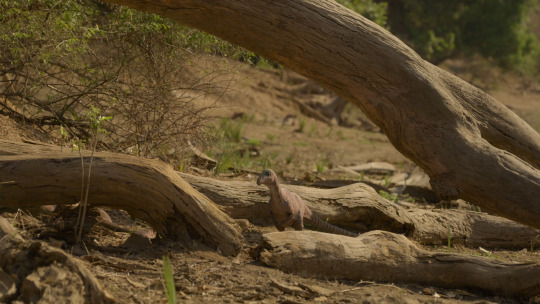



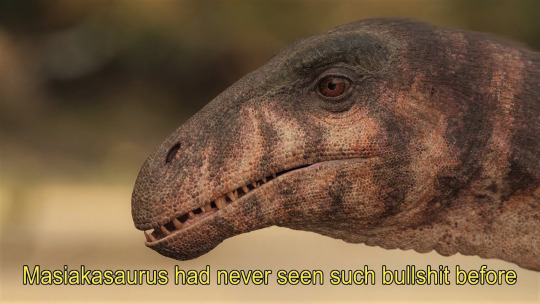
#masiakasaurus#abelisaur#theropod#dinosaur#prehistoric planet#coproliteposting#poor masiakasaurus#they need to watch out for ambush predators#madtsoia#snake#squamate#cw: snakes#in looking up this snake to get the spelling right i found out it survived the k-pg extinction!#they were around until the eocene#cw: animal death
25 notes
·
View notes
Text

It's the sosig!!!
#art#my art#digital art#paleoart#paleontology#palaeoblr#archosaurs#dinosaurs#theropods#abelisaurs#carnotaurus#carnotaurus sastrei#queue
13 notes
·
View notes
Photo

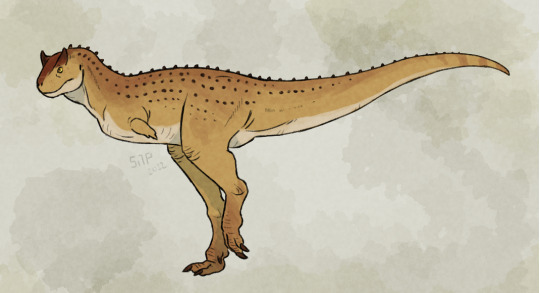
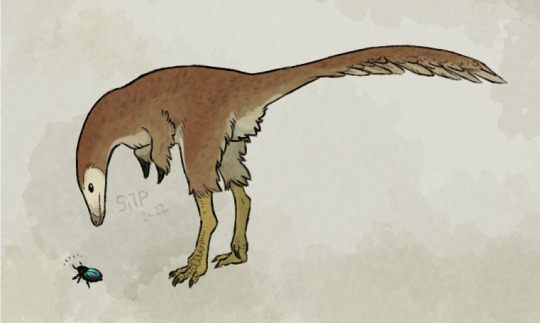
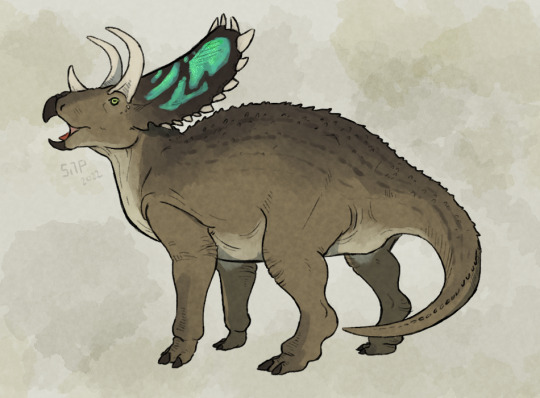
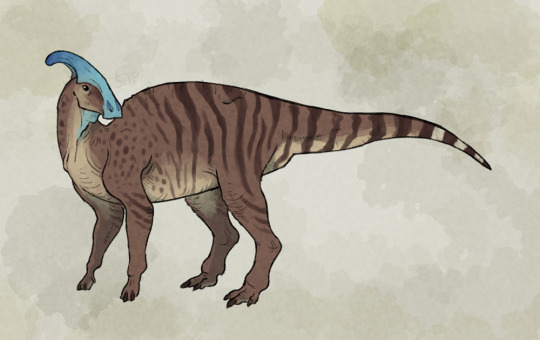
Anatomy practice for four dinos and a pterosaur.
Reblogs>Likes
#my art#paleoart#mononykus#pentaceratops#parasaurolophus#carnotaurus#anhanguera#dinosaurs#dino art#ceratopsian#hadrosaur#abelisaur#pterosaur#sorry if the anatomy isn't the best these are all my first time drawing each species lol
55 notes
·
View notes
Text

tinkering around with an abelisaur-esque fictional creature!
#wanna give em some armour n riding tack sometimes hehe#creature design#oc#illustration#dinosaur#abelisauridae#theropod#paleoart#kinda-ish
10K notes
·
View notes